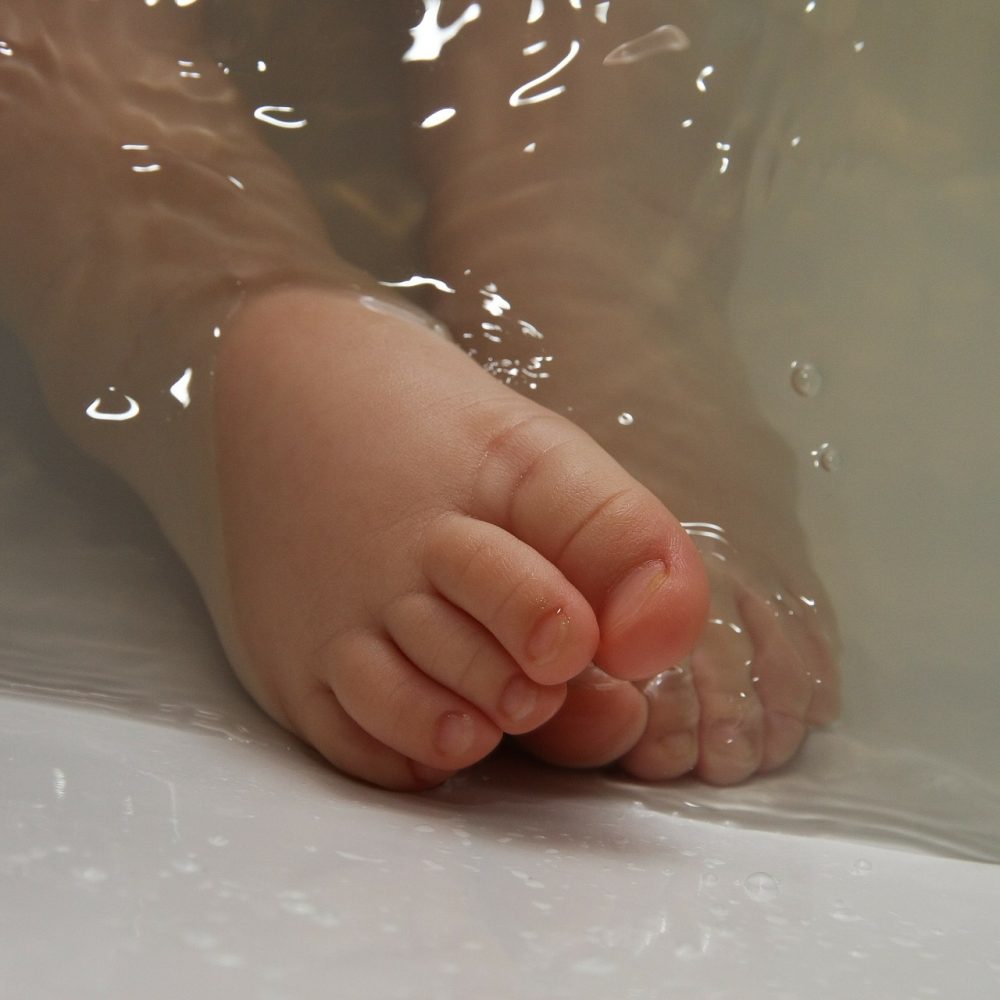
Play is a Child’s Work: The Importance of Play in Developing Gross Motor Skills
A variety of therapists have used play therapy for quite some time. While researchers initially doubted it due to lack of research, practitioners reported success with the technique. It turns out now the research supports it too. So what are the components of play and what makes it so important?
Play has no outcome.
This can seem contradictory since therapy sessions are supposed to have outcomes. This concept, though, has more to do with the child’s perception of the activity than the goals of the therapist. The child needs to believe that they perform the activity for the sack of performing the activity. This belief changes it from something they have to do, to something they get to do.
Play allows failure: again and again and again.
Often times therapists treating children want them to perform the task perfectly. However, typically developing children and even athletes often go through learning curves where their technique falls apart. The skill becomes messy. This curve eventually improves the skill level rather than impairing it. Therapists often struggle to incorporate this component: to see the task get messier before it improves. However, the component is incredibly important.
Play can happen with any activity.
If you ever watch a typically developing child perform any task, getting dressed, brushing their teeth, they don’t perform it perfectly at all. They play getting dressed, brushing their teeth, and (much to the parent’s annoyance) eating. In our NDT class, our instructor showed us a video of her niece getting dressed. It took her about five minutes. She has the skills to get dressed quicker, but she had so much fun getting dressed, that she took much longer. She would play with the pants and the jacket, put them on incorrectly first. As she got dressed, she got tactile input from the clothes, visual input from pulling a shirt on and off several times, vestibular input from all the turning, as well as balance, grading, and flexibility.
Play allows the child to participate.
A therapist can direct the play, but the child’s engagement with the activity allows them to take ownership and incorporate what they learn at a deeper level. This requires creativity and flexibility of the therapist. The therapist must evolve to take the child’s input and make it therapeutic. Really creative kids almost always have a way to get out of the task.
Anticipation, Surprise, Pleasure, Understanding, Strength, and Poise.
Scott Eberle (2014), though struggling to define play, found these six variables showing up repeatedly in the research on play. Anticipation can lead to surprise. This act in and of itself is fun! Understanding, strength, and poise show why play therapy has so many benefits. As children develop an understanding of
Putting it All Together
In summary, making play a larger focus of a physical therapy session has huge impacts on the growth and skill of a child. As you learn these skills as a therapist, make sure to have fun yourself. The sessions never go perfectly, but in the end, that’s kind of the point of play. Parents too can incorporate p lay into their child’s life. They can let them have time to explore the task, make mistakes, and act goofy.
lay into their child’s life. They can let them have time to explore the task, make mistakes, and act goofy.
References:
Eberle, Scott G. “The elements of play: Toward a philosophy and a definition of play.” American Journal of Play 6.2 (2014): 214.